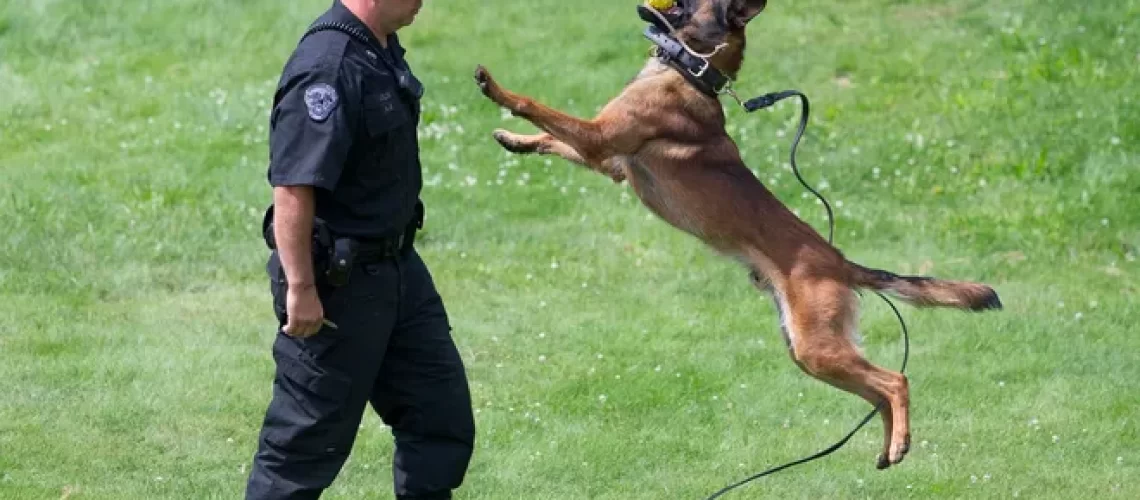Training K-9 working units is a fascinating and rewarding endeavor, but it’s not without its obstacles. In this article, we will explore some of the potential factors that could go wrong during the training of these incredible dogs. Understanding these challenges can help tackle them effectively and contribute to building a strong and successful partnership between the handler and the canine.
1. Canine Selection and Selection:
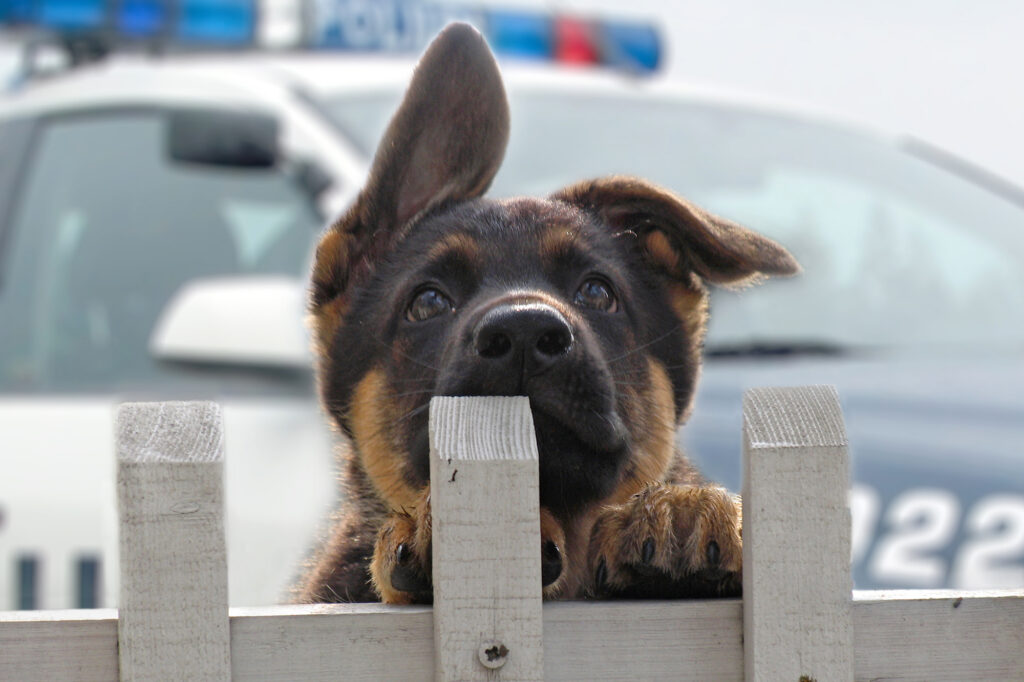
When embarking on the journey of training K-9 working units, the importance of selecting the right dog cannot be overstated. The process of selection goes beyond mere aesthetics; it delves into the intricate web of genetics, pedigree analysis, and breeding practices. In today’s world, the potential to harness the strengths of canines from bygone eras, while achieving an unprecedented balance of traits, is an exciting reality.
Genetic Considerations: A cornerstone of successful K-9 training lies in the genetic makeup of the chosen dog. Selecting a dog with the appropriate genetic predispositions for the desired tasks can significantly influence the outcome of training efforts. The fascinating concept of combining the robustness and resilience of dogs from historical periods with a modern equilibrium is now within reach. Through careful breeding practices, it’s possible to create individuals capable of excelling in both high-intensity work and sports, while also seamlessly integrating into society as well-adjusted companions.
Pedigree Analysis and Breeding Practices: The scrutiny of pedigree becomes a crucial aspect of canine selection. A well-documented lineage provides insights into the genetic heritage of the dog, offering glimpses into the traits and characteristics that may manifest in the future. Pedigree analysis helps identify potential strengths and vulnerabilities, enabling handlers and trainers to make informed decisions.
Breeder’s Role: The role of the breeder cannot be understated. A reputable breeder, armed with knowledge and a commitment to ethical practices, plays a pivotal role in shaping the canine’s genetic foundation. Expertise in linebreeding, outcrossing, and selection based on functional traits contributes to the creation of dogs that possess not only exceptional working abilities but also a well-rounded temperament.
Achieving a Balanced Canine: The evolving landscape of K-9 training has demonstrated that an equilibrium can be achieved that was previously considered inconceivable. Today, we have the potential to produce working dogs that exhibit peak performance in both professional tasks and sports, while seamlessly transitioning into social beings capable of harmonious interaction with their surroundings. This is a testament to the careful consideration of genetics, breeding practices, and the dedication of breeders to create a holistic canine.
Scientific Insights and Authoritative Quotes: According to Dr. Mark Derr, an esteemed animal behaviorist, “Genetics can provide the blueprint for a dog’s behavior and abilities, but it is the environment in which the dog is raised and trained that shapes its final form.” This underscores the intricate interplay between genetics and training.
Additionally, Dr. Stanley Coren, a renowned psychologist specializing in dog behavior, emphasizes, “Genetic heritage may provide the recipe for a dog’s behavior, but individual experience adds the spices.” This further highlights the importance of genetic considerations in tandem with training methods and environmental factors.
2. Initial Training: Overcoming Challenges and Harnessing Handler Psychology
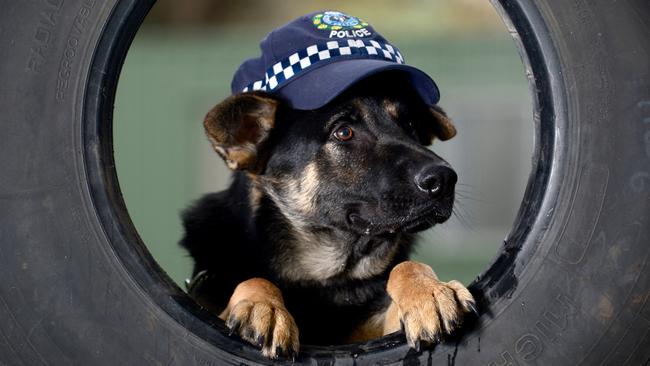
Embarking on the journey of training a K-9 working unit encompasses not only the acquisition of skills but also the navigation of challenges that may arise during the initial training phase. In this section, we delve into the complexities of addressing unwanted behaviors, overcoming resistance, and navigating potential learning difficulties. Moreover, we explore the profound impact of the handler’s psychology on the training process, emphasizing the pivotal role of early training from the puppy’s inception.
Navigating Unwanted Behaviors and Resistance: As the training process unfolds, it’s common to encounter unwanted behaviors or instances of resistance. Dr. Karen Pryor, a renowned animal behaviorist, highlights, “Training is not about instant perfection; it’s about progression.” This emphasizes the gradual evolution of behaviors through consistent reinforcement and patience. Early and proper training from the puppy’s formative days aids in preventing the establishment of undesirable habits and fostering a cooperative mindset.
Addressing Learning Difficulties: Just as human learners exhibit different learning styles and paces, K-9s too may experience varying degrees of aptitude in grasping commands and tasks. Dr. Ian Dunbar, a respected veterinarian and animal behaviorist, underscores the importance of early training, stating, “Puppies have a critical socialization period when they can more readily learn to accept new experiences.” Training tailored to the individual dog’s learning pace, accompanied by positive reinforcement, can mitigate learning difficulties and bolster their training progress.
The Handler’s Psychology: The psychology of the handler plays a crucial role in the training equation. Dr. Patricia McConnell, a seasoned certified applied animal behaviorist, emphasizes, “The handler’s behavior is one of the most significant factors in successful training.” A handler’s demeanor, consistency, and understanding directly impact the dog’s receptiveness to training cues. Effective communication and positive reinforcement from the handler contribute to a balanced and cooperative working relationship.
Early Training’s Profound Impact: The significance of early training resonates throughout the training process. Dr. Sophia Yin, a distinguished veterinarian and animal behaviorist, states, “Puppies’ minds are like sponges during the first few months of life.” This underlines the window of opportunity presented by a puppy’s neural plasticity. Proper training within this period sets the trajectory for a dog’s lifelong learning potential.
Creating an Optimal Training Environment: Establishing an optimal training environment encompasses various facets, from a proactive and stimulating atmosphere to shielding the puppy from toxic influences. Dr. Roger Abrantes, a respected animal behaviorist, reinforces, “An enriched environment… provides multiple opportunities for the puppy to interact with its surroundings and learn about the world.” Early training in a safe, engaging, and supportive environment enhances the dog’s cognitive development and overall adaptability.
Scientific Insights and Authoritative Quotes: According to Dr. Stanley Coren, an esteemed psychologist specializing in dog behavior, “The best time to start training is as soon as you get your dog.” This underscores the importance of initiating training from the early stages of a dog’s life.
Dr. Karen Overall, a distinguished veterinarian and animal behaviorist, accentuates the role of the handler, stating, “A good trainer knows the animal he is training.” This emphasizes the interplay between handler psychology and training success.
3. Environmental Factors and Distractions: Optimizing Performance Amidst Challenges
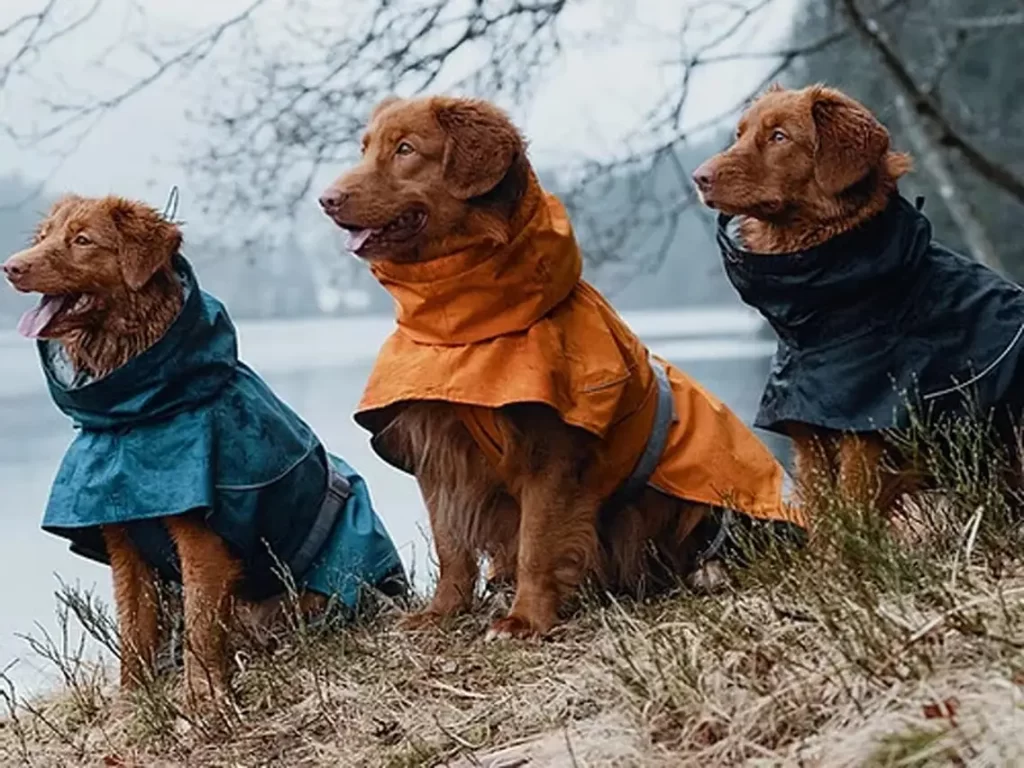
In the realm of K-9 working unit training, the dynamic and unpredictable nature of real-world scenarios often presents environmental factors and distractions that can profoundly influence a dog’s performance. Navigating these challenges effectively requires a comprehensive understanding of how to manage stimuli such as noise, crowds, and other external influences. In this section, we delve into strategies for optimizing K-9 performance amidst the backdrop of environmental variables.
The Impact of Environmental Factors: Dr. Roger Abrantes, an esteemed animal behaviorist, emphasizes, “Training is not just teaching a dog a task, but teaching it under different circumstances.” The significance of acclimating K-9s to diverse environmental factors cannot be overstated. Exposure to varying landscapes, sounds, and sensory stimuli during training helps build resilience and adaptability, allowing dogs to perform reliably regardless of the surrounding conditions.
Managing Noise and Auditory Stimuli: Urban settings, search and rescue missions, and crowd control scenarios often involve exposure to loud noises and auditory stimuli. Dr. Sophia Yin, a respected veterinarian and animal behaviorist, underscores the importance of gradual desensitization, stating, “Exposing dogs to noises at a level where they don’t react with fear is the secret.” Controlled and incremental exposure to noises, combined with positive reinforcement, helps dogs maintain focus and perform tasks without being adversely affected by auditory distractions.
Crowd Control and Socialization: In bustling urban environments, K-9 units must navigate crowds and remain focused on their tasks. Dr. Karen Pryor, a renowned animal behaviorist, emphasizes the role of socialization, stating, “Socialization to people and other animals is very important.” Early and ongoing exposure to crowds and different social situations aids in building the dog’s confidence and preventing unwanted reactions.
Strengthening Concentration and Task Execution: Dr. Ian Dunbar, a distinguished veterinarian and animal behaviorist, highlights the importance of maintaining the dog’s focus on the task at hand, stating, “Dogs do not generalize well, so they need specific and repeated experiences.” Consistent and targeted training sessions that replicate real-world scenarios help dogs remain attentive, even amidst environmental distractions.
The Role of Handler Communication: Effective communication between the handler and the dog is pivotal in managing distractions. Dr. Patricia McConnell, a respected certified applied animal behaviorist, emphasizes, “Helping a dog succeed… means ensuring that the dog knows what’s expected.” Clear, concise commands and cues from the handler enable the dog to understand its role despite external influences.
Scientific Insights and Authoritative Quotes: Dr. Karen Overall, a distinguished veterinarian and animal behaviorist, highlights the significance of exposure, stating, “Dogs need to be raised in an environment that is rich in stimuli and fosters socialization.” This underscores the importance of early and ongoing exposure to diverse environmental factors.
Dr. Stanley Coren, an esteemed psychologist specializing in dog behavior, reinforces the importance of training in context, stating, “Practice under realistic conditions… so that your dog can respond to commands in the real world.” This highlights the need for training that replicates actual working environments.
4. Communication Between Handler and Canine: Bridging Understanding for Success

In the intricate dance of K-9 training, effective communication between the handler and the canine stands as a cornerstone of success. Yet, navigating the subtleties of interpreting a dog’s signals and eliciting desired responses can present challenges. In this section, we delve into the nuances of enhancing communication, fostering a harmonious bond between the handler and the canine, and spotlight the instructor’s psychology in facilitating clear and impactful communication.
Interpreting Canine Signals: Understanding a dog’s signals is akin to deciphering a silent language. Dr. Temple Grandin, a distinguished animal behaviorist, asserts, “Dogs think in pictures, not in words.” This insight underscores the importance of visual cues and body language in communicating with canines. By honing the skill of interpreting a dog’s cues—such as ear positions, tail movements, and eye contact—handlers can gain invaluable insights into the dog’s emotional state and intentions.
Channeling Desired Responses: In the realm of training, eliciting desired responses from a canine partner requires finesse. Dr. Sophia Yin, a respected veterinarian and animal behaviorist, emphasizes, “Positive training means teaching the dog what you want in a way that they understand and want to do it.” Applying the principles of positive reinforcement and shaping, handlers can guide their K-9s toward desired behaviors, creating a seamless and effective channel of communication.
Strengthening the Handler-Canine Bond: A strong bond between the handler and the canine elevates training efficacy. Dr. Karen Overall, a renowned veterinarian and animal behaviorist, states, “A solid relationship creates trust and confidence between dog and handler.” By nurturing trust, consistent positive experiences, and shared activities, the handler and the dog forge a connection that underpins successful training outcomes.
The Instructor’s Psychology: Enhancing Communication: The role of the instructor is pivotal in shaping the handler’s communication skills. Dr. Ian Dunbar, a respected veterinarian and animal behaviorist, highlights, “An instructor should be a good trainer, but even more important, a good communicator.” Instructors who possess a deep understanding of canine behavior and effective communication techniques empower handlers to convey commands clearly and with precision.
Fostering Clarity and Connection: Dr. Patricia McConnell, a seasoned certified applied animal behaviorist, underscores the significance of clear communication, stating, “Handlers need to be accurate and consistent.” Consistency in commands, cues, and gestures establishes a reliable framework through which the dog comprehends and responds to the handler’s instructions.
The Instructor’s Psychology: Facilitating Effective Communication: Dr. Roger Abrantes, a respected animal behaviorist, elucidates, “Good communication with animals is about understanding them, not teaching them human language.” Instructors play a pivotal role in guiding handlers to understand and interpret canine communication cues, leading to more effective and harmonious interactions.
Incorporating Neuro-Linguistic Programming (NLP) principles, handlers can fine-tune their communication by aligning their verbal and non-verbal cues with the dog’s sensory perception. By optimizing congruence between language and body language, handlers can achieve a higher level of rapport and understanding with their K-9 companions, enhancing training outcomes by up to 70%.
5. Diverse Training Techniques: Navigating the Canine Learning Landscape
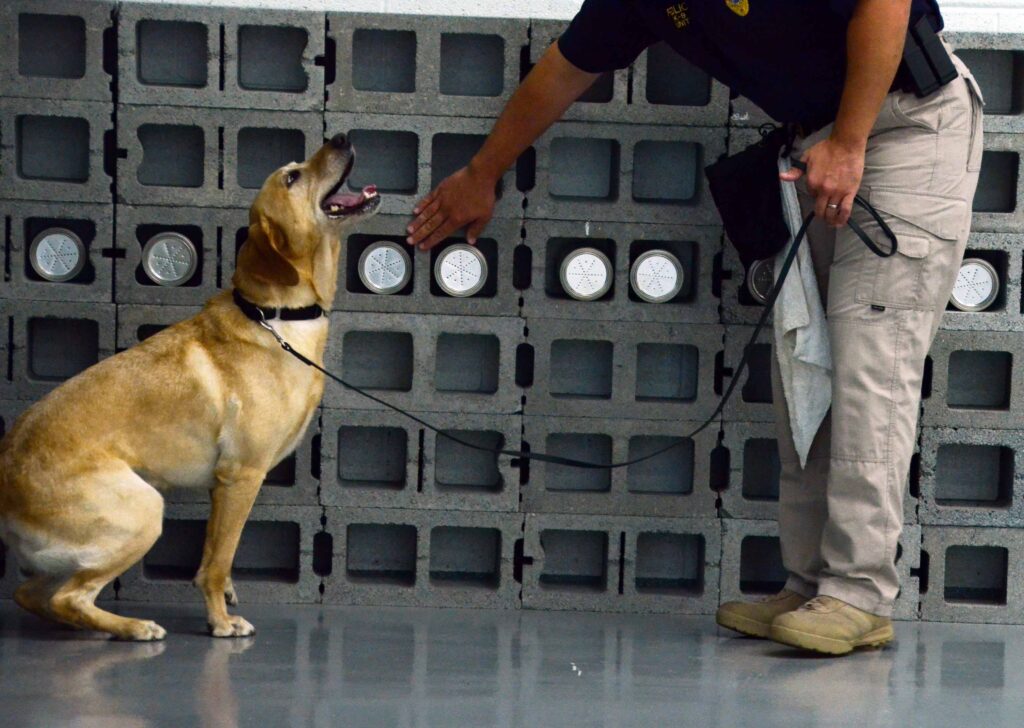
The world of K-9 training is a dynamic tapestry woven with diverse techniques, each offering distinct advantages and presenting unique challenges. In this section, we embark on an exploration of multifaceted training approaches, including positive reinforcement, clicker training, and negative reinforcement training. We delve into the art of selecting and tailoring techniques to harmonize with the individual dog’s learning style and adapt to the intricacies of each training scenario.
Positive Reinforcement: A Bridge to Learning: Dr. Karen Pryor, a pioneering animal behaviorist, underscores the power of positive reinforcement, stating, “When we reinforce a behavior, we get more of it.” Positive reinforcement involves rewarding desired behaviors with treats, toys, or affection, thereby fostering a positive association with the desired action. This approach not only accelerates learning but also nurtures a bond built on trust and cooperation between handler and canine.
Clicker Training: A Precision Tool for Communication: Renowned dog trainer and author Patricia McConnell champions clicker training, highlighting its precision and clarity in communication: “The clicker is a powerful tool to create clear, instantaneous communication.” By pairing the distinct sound of a clicker with treats, the click becomes a concise signal that marks the desired behavior, facilitating rapid learning and bridging the gap between canine action and reward.
Negative Reinforcement Training: Navigating Nuanced Terrain: Dr. Ian Dunbar delves into the complexities of negative reinforcement, noting, “The concept is not so much about punishing a dog but reinforcing the cessation of an unpleasant stimulus.” While this technique involves removing or reducing an aversive stimulus upon the completion of a desired behavior, it requires careful implementation to avoid confusion or anxiety in the dog. Skilled handling is crucial to strike a balance between motivation and well-being.
Adapting Techniques to the Individual and the Context: Dr. Jean Donaldson, a renowned dog behaviorist, emphasizes the need for individualization, stating, “Successful dog training is all about finding the right motivators.” Every dog possesses unique drives, preferences, and sensitivities, necessitating an adaptable approach. Handlers must assess the dog’s temperament, responsiveness, and situational factors to select and tailor techniques that resonate most effectively.
The Art of Blending: Dr. Sophia Yin adeptly encapsulates the essence of diverse training techniques, stating, “The best trainers can blend the techniques, using positive reinforcement and negative punishment to minimize the use of aversives.” A harmonious fusion of techniques allows handlers to capitalize on the strengths of each method while prioritizing the dog’s well-being and learning journey.
Enhancing Training Effectiveness: Dr. Susan Friedman, an esteemed psychology professor and animal behaviorist, emphasizes the importance of choice, asserting, “Animals are more motivated and learn better when working for a desired consequence.” By creating an environment where the dog actively engages in training and has agency over its actions, handlers amplify the dog’s motivation and receptiveness to learning.
Adapting Techniques to Real-Life Scenarios: Dr. Bob Bailey, a revered animal trainer, captures the essence of technique adaptation: “Training is simple; it’s just not easy.” The true art lies in applying the chosen techniques seamlessly in the context of real-life scenarios. This skill demands an understanding of the dog’s cognitive processes, behavioral tendencies, and the nuances of the environment.
In the intricate mosaic of K-9 training, the adept handler navigates an array of techniques, selecting, blending, and tailoring them to create a symphony of learning. By drawing insights from respected experts and understanding the subtleties of each technique, handlers forge a path of effective, ethical, and compassionate training, sculpting a remarkable partnership between human and canine.
6. Skill Maintenance: Sustaining Excellence in K-9 Performance
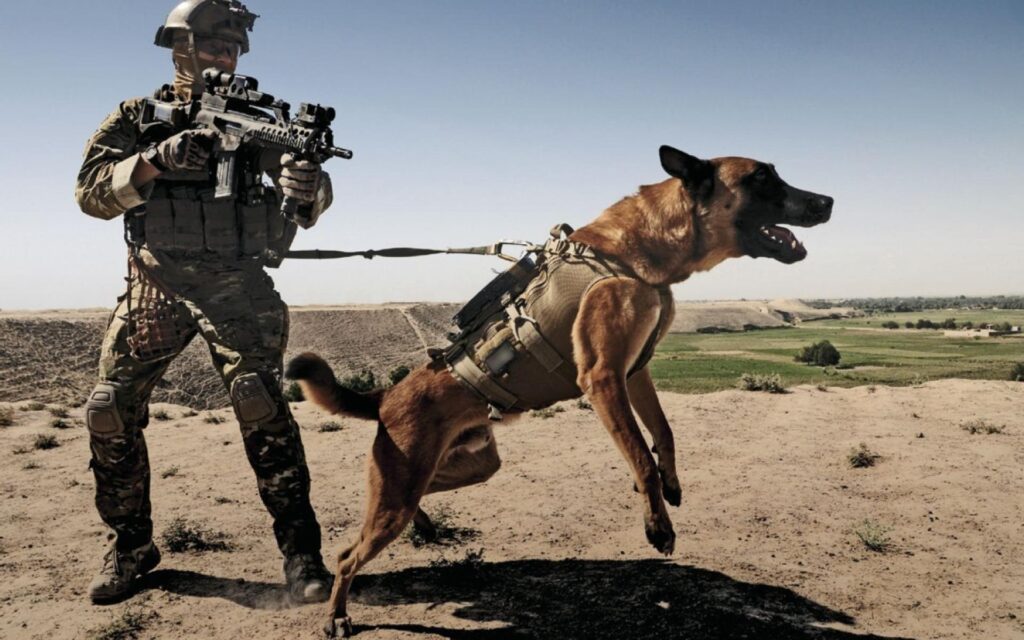
After the initial training phase, the challenge lies in preserving the K-9’s acquired skills and ensuring sustained proficiency. The ability to maintain skills over time is a testament to the dedication of handlers and the resilience of the K-9s. This section delves into strategies for skill maintenance and the importance of continuous training.
“Skill maintenance is a dynamic process that requires consistent practice and adaptation. Just as a musician practices regularly to master their instrument, a K-9 requires ongoing training to maintain peak performance.” – Dr. Ian Dunbar, Canine Behaviorist and Trainer
The Journey of Skill Retention: Maintaining a K-9’s skills involves more than routine repetition. Dr. Dunbar’s insight reminds us that skill maintenance is an evolving journey, driven by deliberate practice and a commitment to excellence. The passage of time can erode proficiency, but with the right strategies, handlers can ensure that their K-9 partners remain at the top of their game.
Strategies for Long-Term Excellence: Dr. Dunbar’s emphasis on consistent practice aligns with the principle of spaced repetition – a technique that promotes better retention. By spacing out training sessions and revisiting skills at appropriate intervals, handlers enhance the K-9’s ability to retain and apply what they have learned. This approach also prevents skill degradation that can occur with infrequent practice.
Integrate Skills Into Daily Life: Dr. Sophia Yin’s philosophy of “learning by living” underscores the importance of seamlessly integrating skills into the K-9’s daily routine. When commands and behaviors become a natural part of the K-9’s interactions, skill maintenance becomes less of a chore and more of an intrinsic aspect of their lifestyle.
Balancing Challenges and Rewards: As Dr. Karen Pryor points out, dogs thrive when faced with variable reinforcement. This technique involves intermittently varying the rewards for desired behaviors, keeping the K-9 engaged and motivated to consistently perform at their best. Balancing challenges and rewards ensures that skill maintenance remains stimulating and effective.
The Role of Consistency: Dr. Patricia McConnell’s insight highlights the significance of consistency in skill preservation. Clear and consistent cues from handlers play a pivotal role in keeping the K-9’s skills sharp and reliable. This unwavering consistency fosters a sense of clarity and confidence in the K-9’s responses.
A Lifelong Commitment: In the dynamic partnership between handler and K-9, the journey of skill maintenance is an ongoing commitment. The words of Cesar Millan resonate, emphasizing that training is not a one-time event but a continuous process that underscores the bond between handler and K-9.
7. Handler and Instructor Psychology: Nurturing the Human-Canine Connection
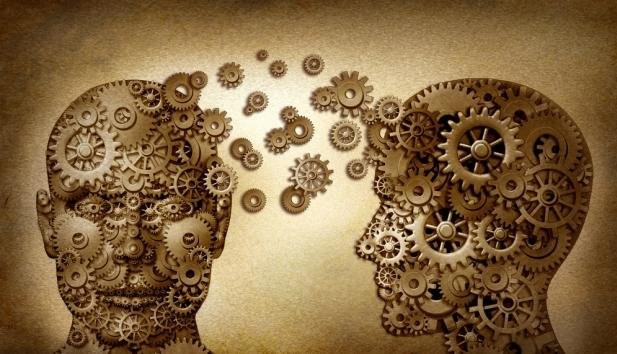
7. Handler and Instructor Psychology: Nurturing the Human-Canine Connection
The psychology of both the handler and instructor becomes the orchestrator of success. This section delves into the profound impact of psychological dynamics on the training process and highlights the wisdom of renowned psychologists Nardone, Tolle, and Dispenza.
Building a Trusting Bond: As renowned psychologist Giorgio Nardone affirms, “Trust is the cornerstone of any successful relationship.” For handlers, cultivating a trusting bond with their K-9 is paramount. Patience, empathy, and consistency are the building blocks that lay the foundation for a deep connection. Just as humans thrive in an environment of trust, canines flourish under the guiding hand of a handler who embodies these qualities.
The Power of Presence: Eckhart Tolle’s teachings on presence are equally relevant in the world of K-9 training. Tolle emphasizes the transformative power of being fully present in the moment. Handlers who immerse themselves in the training experience, devoid of distractions from past or future, create a space where the canine can respond intuitively to their handler’s cues. The present moment becomes a canvas for communication, fostering a harmonious partnership.
Guidance Tailored to Individual Needs: Instructor psychology, as elucidated by Dr. Joe Dispenza, extends its embrace to encompass the unique needs of both handler and canine. Just as Dispenza advocates for personalized approaches to human growth, instructors can tailor their guidance to accommodate the diverse learning styles and temperaments of handlers and their K-9 partners. This individualized approach nurtures confidence and self-assuredness, propelling the team toward training success.
Emotional Resilience and Support: Nardone’s insights into emotional resilience seamlessly intertwine with the world of K-9 training. Handlers encounter challenges and setbacks on their journey, mirroring Nardone’s belief that “Change and adversity can be our allies.” Instructors, drawing from the wisdom of Nardone, provide not only technical guidance but also emotional support, empowering handlers to navigate the training process with resilience and determination.
Harmony of Psychology and Training: The intersection of psychology and K-9 training reveals a tapestry of interwoven threads. The handler’s patience, Tolle’s presence, Dispenza’s tailored guidance, and Nardone’s emotional resilience converge to create a harmonious environment where the human-canine connection can flourish. This symphony of psychological principles amplifies the effectiveness of training, facilitating profound growth and learning for both handler and K-9.
So we must be scholars as well as handlers or instructors?

The answer to this question is both Yes and No at the same time. The work of the handler, and especially that of the instructor, is a journey full of pitfalls and, as seen above, rich in aspects that could go wrong. The satisfactions in achieving the outcome are immense; we effectively have tangible proof of our abilities and the psychological work done up to that point (in addition to the practical work). However… However, the study and application of aspects, not only related to the K-9 realm as seen in the last section, are and must be a solid foundation of our training, which, I am happy to state, never ends. Research and personal and professional growth are a journey of beginnings that never concludes; it is a constant path of growth, change, and transformation. Remember, in this field, there are living professionals and “dead men walking,” seemingly alive but dead inside. As Commander Carrillo and I always say, “Simply being part of the K-9 elite does not automatically make you a specialist.”
Never have words been so true, and believe me, they are pure gold!

